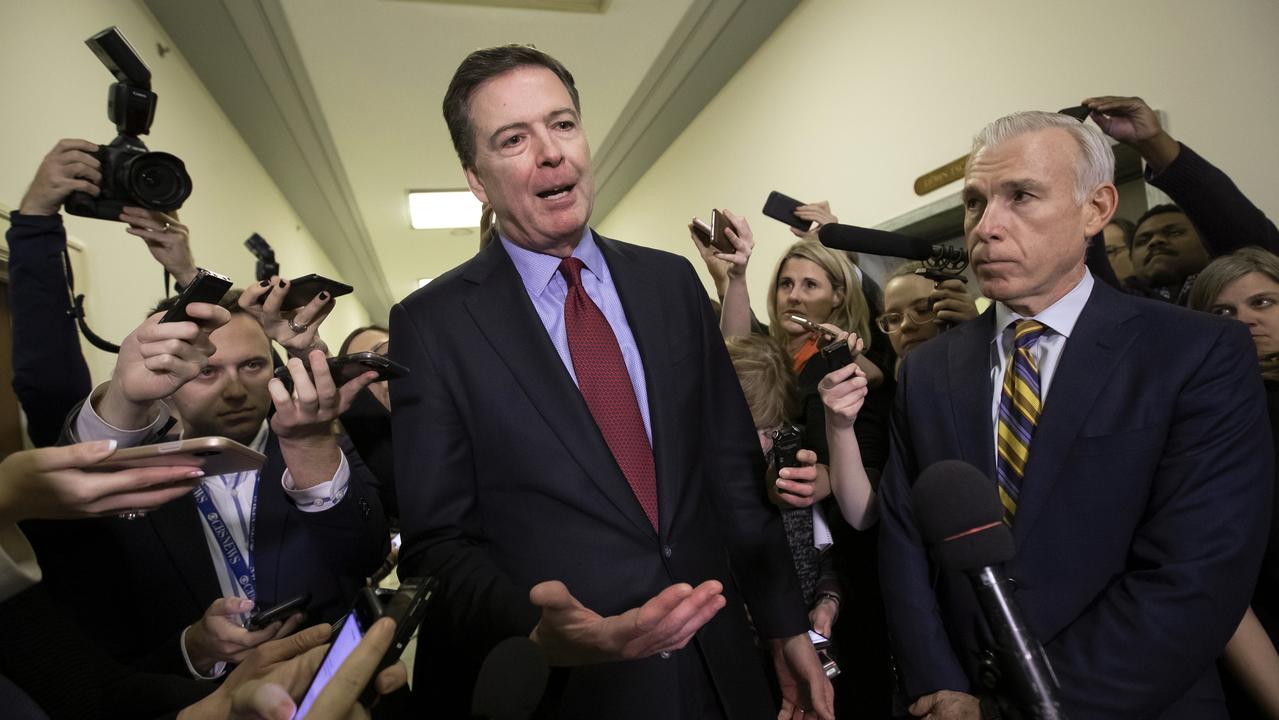Why Australia still loves the British royal family
As shown by the interest generated by the death of Princess Margaret’s ex-husband, the royals still fascinate us.

An elderly monarch sneezes in England and makes headlines around the world. News editors wonder if their obituaries are up to date and begin to consider the tone they should take to describe an eccentric new king and his controversial spouse. And just a week or so later, the death of this Queen’s former brother-in-law garners a surprising level of public interest, not so much for his artistic talent as for his long-ago connection to the crown.
Even in this era overrun with 15-minute celebrities, there is something distinct in the fame of the British royal family. Opinion polls show support for an Australian republic remains in a trough and that some of the strongest support for retaining the monarchy is among 18 to 24-year-olds.
More than a century since Federation, why would this still be so?
News flies around the world in seconds now, but the first time a British monarch died on us (when George III departed in 1820) it took several months for word to reach Sydney. Once informed, governor Lachlan Macquarie ordered the observance of all requisite mourning.
Shops and places of amusement were closed and the courts suspended for the duration of a solemn procession through town.
The reputation of the royal family was at a particularly low ebb at the time and, in his history of Australia, Manning Clark wrote that he found no evidence of personal affection or admiration for the king but only public ceremonies of veneration for the monarchy as part and parcel of a general attachment to the British constitution and its accompanying institutions. Loyalty to the crown was an official matter only.
This changed radically through the course of the 19th century. As the political authority of the crown was steadily eroded by the British parliament and an unwieldy empire required more ceremonial attention, politicians began to understand the symbolic potential of a family on the throne.
Queen Victoria and her many children became the centrepiece of an elaborate and effective metaphor — the first family in a far-flung family of nations.
Widowed in 1861, Victoria was rudely bustled out of mourning in 1876 to be reincarnated as empress of India and later as the “Mother of the Empire”. Her image carried to the corners of the globe on stamps, coins, crockery and chocolate wrappers; she was the most famous person in the world by the time she died in January 1901.
Communications were not only remarkably more speedy by this time, with the news arriving in Australia within hours, but the coverage was more intimate and personal. The new king was said to have been “visibly affected” by his mother’s demise.
By the time we last lost a monarch, in February 1952, the British royal family was more popular in Australia than at any time before or since, and the headlines were black with sorrow.
“King George the Sixth dies in his sleep,” reported The Age. “Empire’s sudden shock and grief.” The BBC barely knew what to do with itself: after announcing the death at 11.16am, it more or less closed down for the day, except for news and shipping broadcasts. The ABC was rather more hardy.
From the 1870s to the 1950s there was a steady upward trajectory in interest and affection for this family here in Australia.
Not without its wobbles but always sturdy, and able to be quantified in the ubiquity of portraits and souvenirs in private homes, in press inches and homemade scrapbooks, in generations of Elizabeths and Margarets, in The Australian Women’s Weekly and, above all, the seven royal tours from 1867 to 1954, each one of which set records for the size of public gatherings and each of which took organisers by surprise with the fervour of a wild colonial greeting.
As with any phenomenon, the underlying factors were always complex, variously fuelled by patriotism, race and a deep sense of loneliness at the end of the empire, but nonetheless enacted with a joyful energy that has confounded and annoyed republicans for, like, forever.
The celebrations for Victoria’s Silver Jubilee in 1887, for example, incited rage from The Bulletin magazine towards the “fools who applaud”, the “loyal drivellers of Australia”, who were “worse than a careful of chimpanzees”.
Though this was nothing to the furious despair evoked during the visit of the duke and duchess of Cornwall and York for the Federation celebrations in 1901.
The radicals of the 1890s had regarded the British monarchy as a risible anachronism. They did not consider it possible to sensibly reconcile the independent spirit driving Australian Federation with the fawning servility of the colonial past.
Consider their distress, then, when the long-awaited opening of the first federal parliament arrived and the central ceremonial role was played by a “small, accidental prince” whose “purposeless, unproductive existence” distracted the press and the people from the “true” meaning of the event.
Of course there would have been, then and always, many who simply came along for the show, in the same spirit in which they attended big sporting fixtures or the country show. And those who might have been quite OK with royalty itself but not the sight of their neighbours or their elected leaders bowing and scraping. There have always been active dissenters.
The republican movement of the 20th century was out and proud by the 1960s, and strong enough to force a referendum in the 90s.
But the mystery of why it is that most Australians, year in, year out, and years including even 1975, have been reluctant to shed an institution as anachronistic and downright un-Australian as a constitutional monarchy continues to provoke debate.
Writer Miles Franklin realised this in 1934, returning after a long absence into the middle of a royal tour by a lesser prince (Henry, Duke of Gloucester) that ought to have been unremarkable. She wrote to an American friend that it was a “sad spectacle” to see “how the crowd worships its bread and circuses … One could blaspheme God without much notice being taken, but a word of criticism of a royal prince wd (sic) put one in an unpleasant light.”
Thirty years later, in 1966, republican poet Max Harris railed against the “tenacious hold the monarchist concept has held over this distant continent” and was surely railing still when he died in 1995, having lived long enough to witness the crown survive the constitutional crisis, the annus horribilis and even Squidgygate.
Popular interest in the monarchy, deeply grounded in respect for an enduring and dutiful Queen, spectacularly devolved on Diana in the 80s and now focused on Kate and William, so far has outlived the contempt of frustrated republicans, whose explanations previously have centred on the working class and the lower middle class, especially weaker-minded women, being hopelessly seduced by fairytales.
It has transcended the patronising neglect of conservative historians and constitutional monarchists, embarrassed by the interest in family and fashion, as well as the determined, exasperated refusal of generations of more leftist, nationalist historians to consider it at all, even if it left them with a big hole in their attempts to explain the endurance of the “apron strings of empire”.
Surprisingly, it was a left-wing Scottish historian, Tom Nairn, who led the charge for reappraisal of “popular royalism” as a serious phenomenon in the Diana years, the 80s. It was not, he said, “passive and mindless” but possessing an “apparently inexhaustible electric charge”.
In Australia, that charge has been fuelled by a very human interest in history and continuity, whether real or imagined, by deep racial ties, by images endlessly reproduced in magazines and souvenirs, both familial and familiar, and by the perfectly reasonable appeal of pageantry, celebrity, glamour and fun.
In recent times, perhaps, the rising discontent with politics has further cemented support for a benign, ceremonial monarchy, however irrational this may seem. When the Queen does leave us, and my bet is she has a few years yet, don’t be surprised by the sense of bereavement.
Jane Connors is a historian and ABC executive who has written extensively on royal tours to Australia. Her book Royal Visits to Australia was published by the National Library of Australia last year.



To join the conversation, please log in. Don't have an account? Register
Join the conversation, you are commenting as Logout